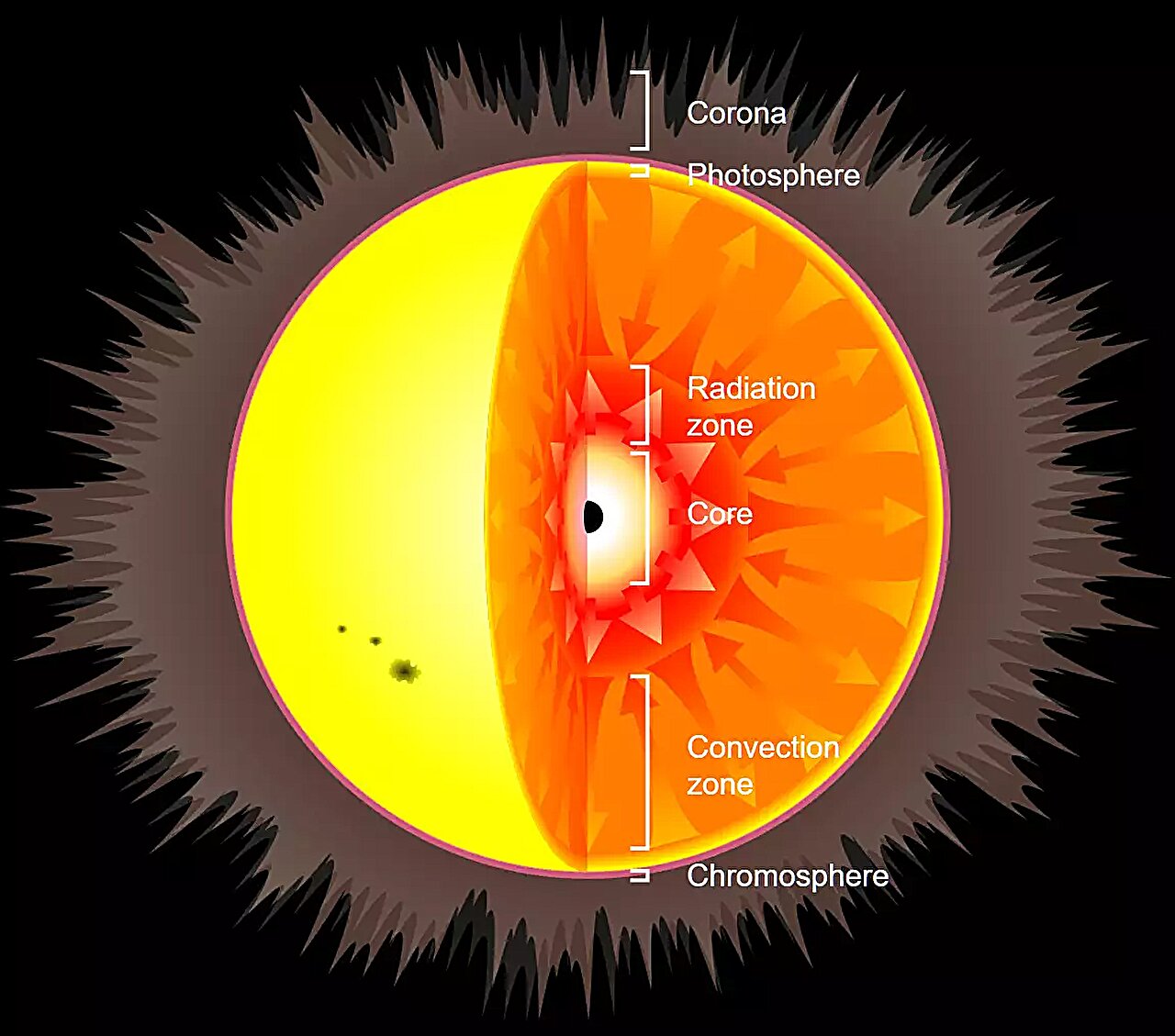In a hypothetical scenario, small, primordial black holes could be captured by newly forming stars. An international team, led by researchers at the Max Planck Institute for Astrophysics, has now modeled the evolution of these so-called “Hawking stars” and found that they can have surprisingly long lifetimes, resembling normal stars in many aspects. The work is published in The Astrophysical Journal.
Let’s do a scientific exercise: If we assume that a large number of very small black holes where created just after the Big Bang (so-called primordial black holes), some of them might be captured during the formation of new stars. How would this affect the star during its lifetime?
“Scientist sometimes ask crazy questions in order to learn more,” says Selma de Mink, director of the stellar department at the Max Planck Institute for Astrophysics (MPA). “We don’t even know whether such primordial black holes exist, but we can still do an interesting thought experiment.”
Primordial black holes would have formed in the very early universe with a wide range of masses, from some as small as an asteroid up to thousands of solar masses. They could constitute an important component of dark matter, as well as being the seeds for the supermassive black holes at the center of present-day galaxies.
With a very small probability, a newly forming star could capture a black hole with the mass of an asteroid or a small moon, which would then occupy the star’s center. Such a star is called a “Hawking star,” named after Stephen Hawking, who first proposed this idea in a paper in the 1970s.
2023-12-22 18:00:04
Post from phys.org rnrn
